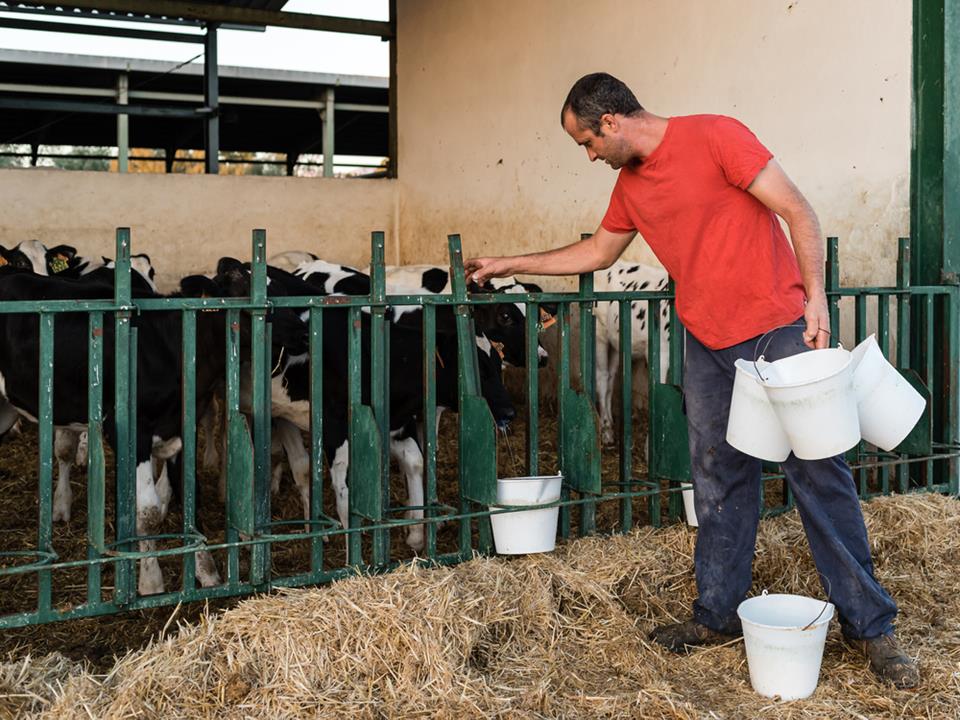Shocking data: Hungary’s dairy farm industry dominated by Filipino, Indian, and Sikh guest workers

According to György Raskó, a Hungarian agricultural economist, 5-600 guest workers from India and the Philippines work in the Hungarian dairy farm industry because it is more difficult to find Hungarian workforce in that sector.
Based on Szeretlek Magyarország, the number of guest workers in the sector is continuously growing. An advantage of employing an Indian guest worker is their religion, which commands them to treat dairy cattle well.
He mentioned Homokszentgyörgy as an example, where the owner could not find Hungarian workforce for the 700 Holstein Friesian dairy cattle and 600 hectares of farmland. Interestingly, they even employ people from South America, e.g. from Guatemala or Venezuela.

Mr Raskó said that employing guest workers in the industry started 20 years ago. Now, mostly Indian, Filipino and Sikh workers satisfy workforce needs. He added that Asians in the dairy industry are trustworthy and hard-working, which is crucial since milking is a 24/7 job, and one cannot be late. Since one of the basic teachings of Hinduism is the love for animals, Hindu workers start with an advantage.
Good salaries, free accommodation
Raskó shared another strange piece of data: Hungarians are no longer keen on keeping livestock. Livestock density is the second lowest in the European Union, with 0.4/hectare. That is because livestock almost disappeared from households and farms and is concentrated in huge compounds.
The salaries are acceptable in the sector, an average of USD 1,000/month. Furthermore, the accommodation is free. They remain here for years to collect as much money as possible. Moreover, in some compounds, family members exchange with each other.

Raskó said Hungary can only employ guest workers in the livestock industry. Such a scheme would not be profitable in the crop husbandry sector. There, they must employ Roma people who are “not trustworthy enough”.
Number of unemployed constantly rising in Hungary
Hungary’s jobless rate for people between the ages of 15 and 74 stood at 4.5pc in October, data released by the Central Statistics Office (KSH) on Friday show.
In absolute terms, there were 219,400 unemployed. The number of employed averaged 4,698,500 in October, down 26,500 from twelve months earlier. KSH noted that the drop was from a high base. For the period August-October, average employment numbers were down 13,500 at 4,703,100. The number of people on the primary employment market edged down to 4,537,000. The number of Hungarians working abroad was little changed at 107,000. The number of people in fostered work programmes was down at 58,000.
The employment rate for the 15-64 age group edged up 0.2pp to 75.3pc. Data from the National Employment Service (NFSZ) show there were 226,000 registered jobseekers at the end of October, unchanged from twelve months earlier.
Jobseekers spent 12.1 months, on average, looking for work, but 48pc of the jobless found new positions in under three months. The percentage of jobless who had been looking for work for at least one year reached 34pc.
Sándor Czomba, the state secretary for employment policy, in a statement issued by the National Economy Ministry said the number of employed people has been at a consistently high level for more than a year, hovering around 4.7m. The minimal decrease seen in October is due to the fact that the number of employed people was at a historically high level last autumn.
Read also:
- New Hungarian airline founded with Chinese help – read more HERE
- Hungarian MPs decide on important tax laws
Source:






Guest labour. Who would have thought?